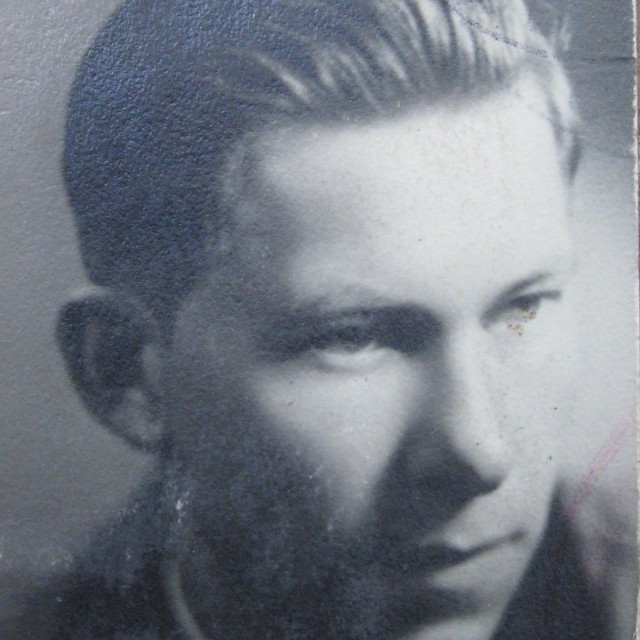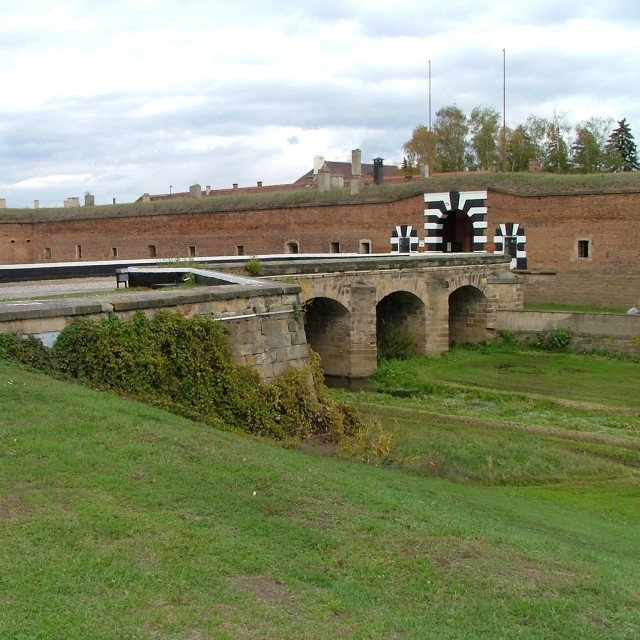The First Experience
Although Karel Veselý spent a “mere” three months in the Little Fortress in Terezín, this period has remained engraved in his memory forever. Immediately upon his arrival in May 1942, he realized that he had just entered hell: “They lined us up in the yard; there were about two hundred of us. An SS-man marched up and down the lines and then he picked a young man from Litomyšl and told him: ‘You are a Jew!’ And he answered: ‘No, I am not a Jew. I am a Christian.’ And the SS-man repeated: ‘You are a Jew!’ And the boy said: ‘No, I am a Christian.’ At that instant the SS-man pulled out his gun and shot him dead, right there in the middle of the line of people. It was the first demonstration of who is in charge in Terezín. They wanted to show us that the prisoners are nothing to them. The guards could treat the prisoners as they wanted, everything was allowed.”
Hodnocení
Abyste mohli hodnotit musíte se přihlásit!
Trasy
Příběh není součastí žádné trasy.
Komentáře

Karel Veselý
Karel Veselý was born in 1922 in Heřmanův Městec. During the war, he worked in the Flugzeugwerke Chotzen, (Choceň), aircraft factory that belonged to Ing. Jaroslav Mráz. In Choceň, he joined a local resistance group and together with his friend Ludvík Kodýtko they distributed leaflets throughout the city. In April 1942, he was arrested and subsequently subjected to a number of very brutal interrogations by the Gestapo in Pardubice. After the interrogations, he was imprisoned in the Little Fortress of the Terezín ghetto and later in prisons in Bautzen, (Budyšín), Dresden, and Berlin. He was sentenced to five years and was jailed in prisons in Straubing and Ebrach. In April 1945, he was sent on a so-called "death march" to the Dachau concentration camp. Most of the prisoners who took part in this march perished. Of the four thousand that went on the march, only 1,200 survived. The others were shot, beaten to death or died of starvation or complete exhaustion. After the war, he at first lived at home in Pardubice and later in Nové Sedlo. He eventually settled in Šumperk, where he still lives today.







